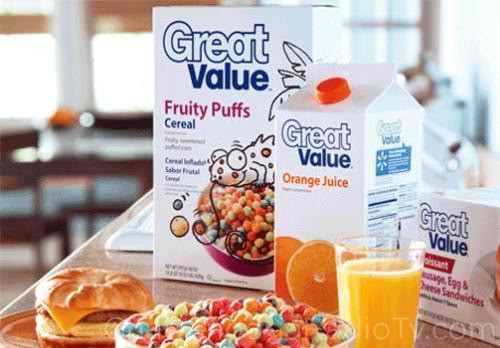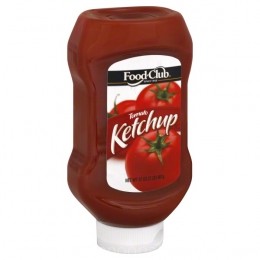You see them in stores every day. No-frills labels like “Food Club” or “Great Value.” They do not have catchy ad jingles. They’re priced well below the name brands you grew up with.
But you love cheese, and even though Kraft will cost more, it must be better, right? Or you’re almost out of Kleenex. Well, paper is paper, so why spend more when you’re just going to blow your nose? Is there really a difference? It depends on who you ask.
Jesse Lewis, who served for years as an executive at Red Food, and more recently Food City, is now a consultant. He just may be the store brand’s biggest fan. He admits that in the early days, there was a sizable quality gap. But no more.
“Let me assure you,” Lewis said, “those store brands are equal to, and often better than national brands.” He is especially impressed with cheese and dairy products. “The USDA has really tightened up,” he said. “Everything is inspected and regulated before it gets on the shelf. Those blocks of cheese and butter are all good no matter the label.”
He said milk products are basically the same, despite a huge price difference. “You will see a name brand for $5.99 a gallon, next to the store brand for $2.99. Quite often, it’s all coming out of the same tank,” he said. “The key to good milk is refrigeration. You can buy cheaper milk with confidence, and like all store brands, it’s 100 percent guaranteed. You can’t beat that.”
When it comes to ketchup and mustard, he says, “I never buy the name brands. Do the store brands taste a little different, and do you need to shake them first? Maybe, but they still taste great on a hot dog. I can’t tell any difference.”
He admits not all products are equal. “Hard as they try, the private brands have never matched Coke and Pepsi. The cheaper colas are okay, but they don’t taste quite like the big brands.”
Paper products have also provided a challenge. “Facial tissue, toilet paper, and aluminum foil have been harder for the private manufacturers to duplicate. But they’re much better now than they used to be.” He says the quality of trash bags, no matter the brand, is easy to spot. “If you need strength, get a 3 mil, not a 1 mil.” (The term “mil” is used to describe thickness in thousandths of an inch. “1 mil” is one thousandth of an inch, 3 mil is three thousandths of an inch.)
Where do the cheaper brands come from? Unlike popular belief, the off-brand cereal does not consist of the corn flakes that Kellogg’s rejected. Supermarket chains belong to retail cooperatives that manufacture and package grocery products for national distribution. There are no marketing or advertising costs, nor are the products delivered in private trucks, like those you see for Nabisco or Frito-Lay. This alone, according to Lewis, keeps costs down.
When I asked some friends about their preferences, the responses favored both sides, and opinions are strong. Wayne Ingle said he buys store brands with almost total success, with the exception of Pop-Tarts. Several shoppers spoke up in favor of Oreo cookies, Campbell’s Soup, Kraft Macaroni and Cheese, Philadelphia Cream Cheese, and Band-Aid and Q-Tip brand products, as opposed to their cheaper counterparts.
Despite Lewis’s opinion on dairy products, Mayfield milk is the preferred choice of many choosy shoppers. Rosemary Palmer said, “Gotta have my Mayfield milk. No compromise.” But Denita Blevins said, “When Mayfield went sky high, my husband decided to try store brand. We’ve been drinking it ever since!”
Sharon Dishroon said, “I made the mistake of buying Walmart ice cream, but I will never cheat on Mayfield again.”
Jason Walker buys store brand Raisin Bran. “It’s of equal value,” he said. But Kimberly Jarrett disagrees. “I had to eat four BIG bites before I found one raisin,” she said.
Susan Kendall likes most store brands, but not cleaning supplies. “I’ve never found an off-brand that works as well,” she said. Some folks referred to themselves as “toilet paper snobs.” They’ve got to squeeze their Charmin, nothing less will do.
Jesse Lewis sums it up by saying, “American consumers are so fortunate. We get the best value on groceries, and the best nutrition of anywhere in the world.”
He gives some of the credit to the private labels. “They keep costs down. Imagine what the famous labels would charge if they didn’t have that competition,” he said.
“What people don’t know would amaze them,” he said. “I wish they could see the journey that bananas make, from thousands of miles away in Central America, to your local store. And you can buy them for about 15 cents each. We are truly blessed.” Yes, we are.






Good report David.